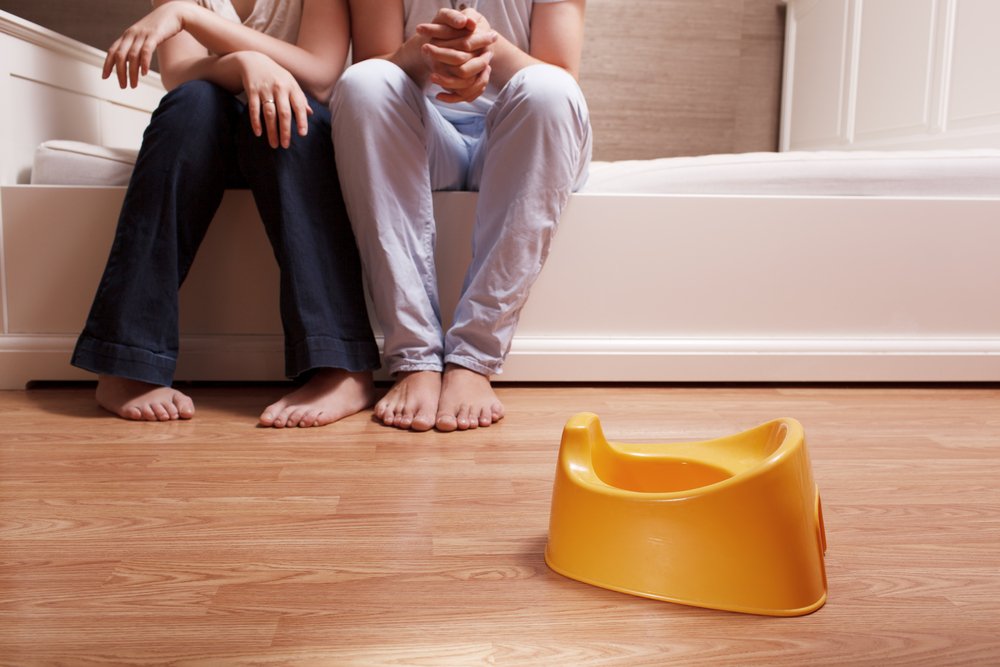Key points:
- Timing is crucial when starting potty training, both for the child and the parent.
- There are two basic types of potties to consider when starting potty training: standalone or toddler-size potty chairs with a bowl.
- It’s important not to have expectations for how long the potty training process will take, as every child is different and has their own learning process.
- Accidents will happen and it’s important to offer reminders, stay calm, and be prepared with spare clothes or absorbent underwear. If the child is resisting the potty or does not seem ready, it may be better to postpone potty training and try again in a few months.
Timing Is Everything
If your child is around 18 months or older, maybe you’re anxious to start potty training or maybe you’ve already tried in a few less-than-successful attempts. However, you must remember that timing is everything; not only you have to be ready, but so does your child. You can check out our Kinedu blog to know what are the developmental milestones your kid most achieved before starting potty training.
Another time factor you must consider is yourself, as you will be the one potty training! If you have a trip planned or if you’re planning to move to a new city, it’s better to postpone potty training until your child’s environment is stable and secure.
Choose a potty
Once you have decided you and your baby are ready for potty training, it’s time to decide on a method and a potty. The two basic potty options are a Standalone, and a toddler-size potty chair with a bowl. If you choose to modify your toilet seat, consider getting a stepping stool for your little one, so that he can reach the seat comfortably. Some moms say that the transition to a regular toilet is easier if you adapt it during potty training.
The other option for potty is a toddler-size potty chair with a bowl that can be emptied into the toilet. The advantage of using this potty is that you can turn any space into a potty training environment. Some moms suggest having a potty in the car for any emergencies or for traveling. The disadvantage of it is that you will need to clean the potty every time your child is done using it.
Don’t have expectations
If you’re thinking of starting to potty train, you have probably found lots of pages saying that they will help you teach your little one to potty in 3 days and some even in a day! Don’t fixate on a timeline for how long your child must take to learn. Remember that, first, your little one must be ready and, second, that every kid has his or her own process. Some will take a few days and others a few weeks. What every method will agree on is that PRACTICE is key, so you must be consistent.
Accidents will happen
It’s a great feeling once your son has figured out how to use the toilet. Even if you think your little one is an expert, accidents are bound to happen and, if you have a boy, he will probably miss more than once. Here are 3 things that can help you:
- Offer reminders. Most accidents happen because toddlers are distracted in their activities; playing is more interesting than going to the toilet. So, suggest your little one to go to the bathroom during playtime or before getting in the car.
- Stay calm. If your little one just had an accident, breathe, don’t discipline or shame your child. It’s better to say, “You forgot this time. Next time you’ll get to the bathroom sooner, don’t worry.”
- Be prepared. If your little one has frequent accidents, you might want to try absorbent underwear or keep a change of underwear and clothes in handy.
Know when to call it quits
If your little one is resisting the potty chair or toilet, or if he doesn’t get the hang of it in a few weeks, then maybe it’s better to stop and postpone potty training. He probably isn’t ready yet. Here are some other signs that your little one isn’t ready:
- If he says “NO”. Respect your child’s wishes. No means no.
- If he is holding it in or is constipated.
- If he has a lot of accidents and never even tries to hold it or get to the toilet.
- If he hides to avoid going.
Don’t get discouraged, you can try again in a few months. Just make sure to read the signs for when your little one is ready for this big step!








